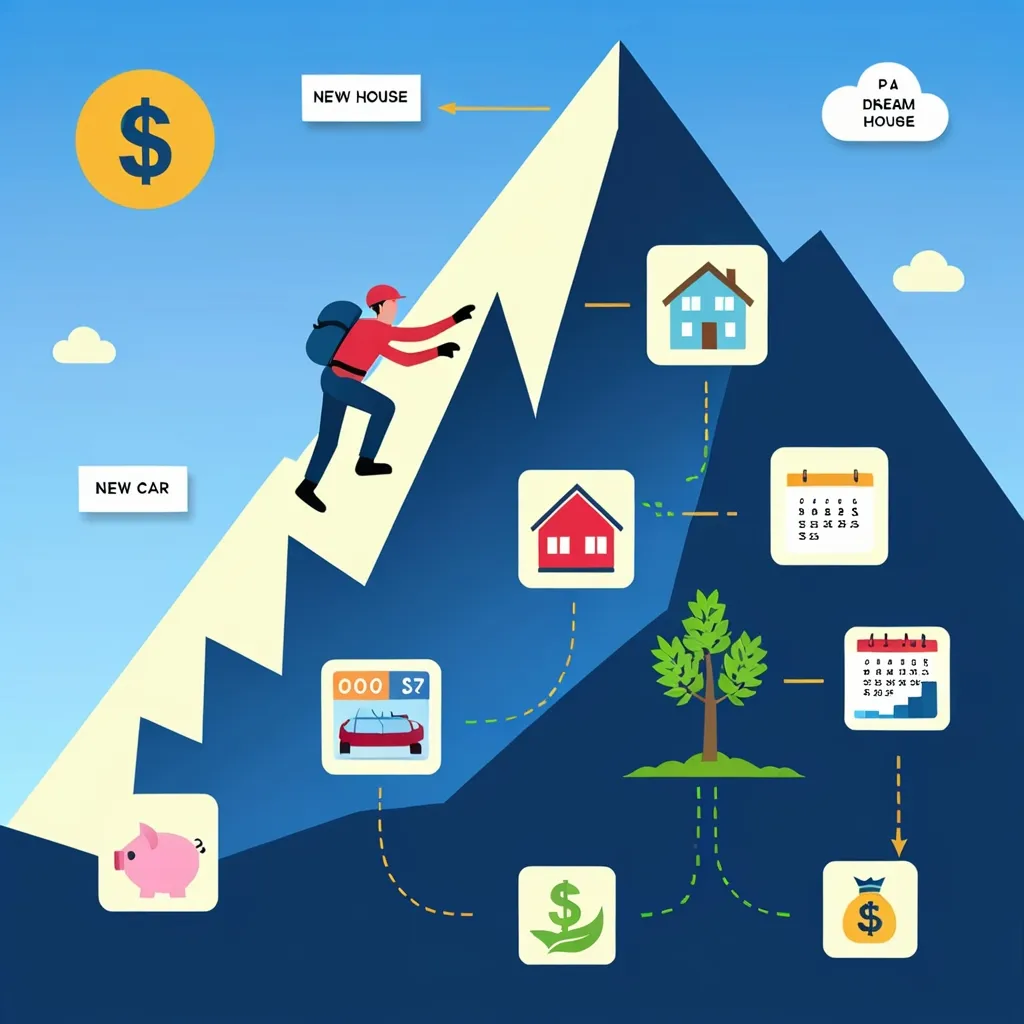When it comes to building wealth, the landscape can be daunting, especially for those new to the world of investing. However, there is a straightforward and effective way to grow your wealth with minimal risk: index fund investing. Here’s how you can leverage this strategy to your advantage.
The Power of Index Funds
Index funds are essentially baskets that contain shares of all the companies in a particular market index, such as the S&P 500. This diversification is your safety net, spreading your investment across hundreds or even thousands of companies. It shields you from the wild swings of the market, providing a blend of growth and stability that’s hard to find elsewhere.
Unlike actively managed funds, where a manager tries to beat the market (often failing), index funds passively track a market index. This means lower fees, fewer surprises, and a smoother ride overall. It’s a win-win situation where you don’t need to be glued to your investment app, constantly worrying about the next market move.
Dollar-Cost Averaging: A Steady Approach
One of the most effective strategies in index fund investing is dollar-cost averaging (DCA). This involves investing a fixed amount of money at regular intervals, regardless of the market conditions. Over time, this approach smooths out the impact of market volatility, ensuring you’re not putting all your money in during a market peak.
Imagine investing $100 every month, whether the market is up or down. During downturns, your $100 buys more shares, and during upswings, it buys fewer. This consistent approach helps you avoid the pitfalls of market timing and ensures you’re always investing, no matter the market’s mood.
Broad-Market Index Funds: Maximum Diversification
Choosing broad-market index funds is another key strategy. These funds cover the entire market, giving you exposure to a wide range of sectors and companies. For example, an S&P 500 index fund includes the 500 largest publicly traded companies in the U.S., providing a comprehensive snapshot of the market.
This broad diversification reduces the risk that any one sector or company will sink your entire portfolio. It’s like having a small piece of every major player in the market, ensuring that your investments are as stable as possible.
Balancing Domestic and International Exposure
Your portfolio shouldn’t be limited to just domestic markets. Including international index funds can add another layer of diversification and potential growth. International markets often perform differently from domestic ones, so when one is down, the other might be up.
Think of it like having investments in different weather patterns. If it’s raining in one part of the world, it might be sunny in another. This balance helps stabilize your portfolio and can provide higher returns over the long term.
The Magic of Dividend Reinvestment
Dividends are payments made by companies to their shareholders, and reinvesting them can be a powerful tool for compound growth. When you reinvest dividends, you’re essentially buying more shares of the fund, which can lead to exponential growth over time.
Imagine a snowball rolling down a hill, gaining size and speed as it goes. That’s what happens when you reinvest dividends consistently. It’s a silent but potent force that can significantly boost your wealth without requiring any additional effort from you.
Minimizing Taxes Through Strategic Placement
Taxes can be a significant drag on your investments, but there are ways to minimize their impact. By placing your index funds strategically, you can reduce your tax liability. For example, placing tax-efficient funds in taxable accounts and less tax-efficient funds in tax-deferred accounts like 401(k)s or IRAs can help.
It’s like knowing which roads to take to avoid traffic jams. By understanding how taxes work and placing your funds accordingly, you can keep more of your money and let it grow without unnecessary interruptions.
Rebalancing: The Annual Check-Up
Finally, there’s the importance of rebalancing your portfolio annually. As markets fluctuate, your asset allocation can drift away from your desired mix. Rebalancing ensures that you maintain the right balance between different types of funds, keeping your risk level in check.
Think of it as an annual health check for your portfolio. You adjust the proportions of your investments to ensure they align with your long-term goals and risk tolerance. This periodic rebalancing helps you stay on track and avoid unnecessary risks.
A Long-Term Perspective
Index fund investing is not a get-rich-quick scheme; it’s a get-rich-slowly and safely plan. It thrives on a long-term perspective, where patience and consistency are key. Warren Buffett, one of the most successful investors in history, has always advocated for this approach.
When you adopt a long-term view, you’re less likely to panic during market downturns. You understand that market cycles are natural and that recoveries always follow dips. By staying the course, you benefit from these recoveries and watch your wealth grow steadily over time.
Achieving Financial Freedom
The goal of investing is often to achieve financial freedom – the ability to cover your essentials without financial stress. For many, this means aiming for a comfortable monthly dividend income, such as $2,000. This figure can cover mortgage payments, rent, utilities, or groceries, giving you more freedom in how you spend or save.
Achieving this goal is more than just a number; it’s a lifestyle. It’s about having the peace of mind that comes with knowing your financial basics are covered. By following the strategies outlined here – dollar-cost averaging, broad-market index funds, balancing domestic and international exposure, reinvesting dividends, minimizing taxes, and rebalancing annually – you can set yourself on the path to this financial freedom.
Conclusion
Building wealth through index fund investing is a practical, low-risk approach that offers a blend of growth and stability. By understanding and implementing these strategies, you can create a balanced portfolio that works for you over the long term.
It’s not about being an economic wizard or spending hours each day monitoring the market. It’s about making smart, consistent decisions and letting time do the rest. So, take the first step today, and watch your wealth grow steadily, safely, and surely.






